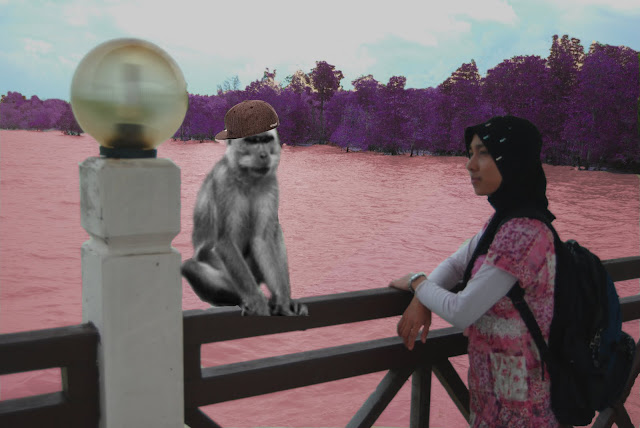The Horrible DPI Mistake
Firstly we should know, there are four main factors that determine image quality:
1) The quality of the recording device (camera's optics and sensor, scanner's sensor).
2) The size (in pixels) of the digital image.
3) The digital format it is stored in (lossless vs lossy compression).
4) The technical proficiency and the "eye" of the photographer.
What Print Shops Really Mean by DPI
What they are really asking for is a photo that will print at a certain paper dimension in inches at 300 pixels per inch (PPI). If we remember from the Myth of DPI, the term DPI is a holdover from when this setting in a digital photo would set the paper output quality (resolution) of a printed image (number of printer dots per inch). This is no longer the case, but people still confuse DPI with PPI.
Let me explain first what is DPI and PPI.
DPI means paper printer Dots Per Inch while PPI means digital Pixels Per Inch. But in many instances the term DPI is used when in fact PPI is what is really meant. Even in these articles there is crossover of terms, since many software programs continue to use the legacy term DPI to mean PPI.
Back to our print shop - if they are looking for a digital photo to print at 10 inches by 8 inches, at 300 PPI, then they are really looking for a digital image with a resolution of 3000 pixels by 2400 pixels (regardless of the DPI setting of that image).
What Print Shops Really Need
The concept that 300 PPI = photographic quality is also a holdover from the quality of printing equipment a decade ago. Present day printers will output a good quality digital photo, with "photographic quality" at 200 PPI - so the requirements for a 10 inch by 8 inch paper photo become a good quality digital image with pixel dimensions of 2000 pixels by 1600 pixels.
A good quality digital photo is one:
- taken with a good quality digital camera (good optics and digital sensor)
- a photo that has not been enlarged either in post-processing or by in-camera digital zoom (never (ever) use digital zoom).
- a photo that has been properly shot (good lighting, no blur)
- a photo shot within the camera's ideal ISO range (usually a low ISO such as ISO 100)
- a photo that has been stored in either a lossless format (i.e. TIF) or a very low compressed JPEG (highest camera JPEG quality setting).
Solution : Changing the DPI
The trick when changing the DPI is to do it without resizing (resampling) our image in the process. We want to change the DPI while retaining the original pixel dimensions (the real digital resolution) of the photo. Here is and example to change the dpi using adobe photoshop.
Note that this procedure will not change the digital photo in any way other than to alter the internal DPI setting. The size and resolution of the digital image will be unchanged.
Adobe Photoshop is Used For Change The DPI
There are several steps in changing the DPI using adobe photoshop :
Step 1 :Load the image into Adobe Photoshop (or Photoshop Elements
Step 2 : Select the "Image > Image Size" menu option (may be "Image > Resize >
Image Size" in Photoshop Elements).
Step 3 : In the image size dialog window, deselect the "Resample Image" checkbox
(make sure there is no checkmark in that box).
Step 4 : In the "Resolution" box type in 300 (or whatever DPI we want)
Step 5 : Click the "OK" button
Step 6 : Our image DPI has now been set to whatever we want (leaving the pixel
dimensions of the image unchanged).
Step 7 : Save this photo with a new name - suggest adding a -300dpi extender
(i.e. "345-2365-300dpi.jpg") to identify this new DPI image
note that the "Resample Image" box is UNCHECKED and that the "Resolution" has been set to 300
Saving to JPEG - please note that JPEG is a digital photo format that uses variable compression - that is, we can change the compression. Our camera should (if we have it set correctly) be using low compression (highest quality). To emulate this when doing a "save as" from a photo program, choose a compression of about 95 (Adobe Quality 10+).
Other photo programs are going to have a similar process. The key is to make sure that the image is not being resampled (pixel resized) when the DPI is changed. As long as the pixel dimensions remain unchanged, our new DPI photo will be identical to our original photo, only the internal DPI setting of the photo will have been changed. The print shop, graphics designer or magazine should be happy campers with our "new higher DPI" image.














































